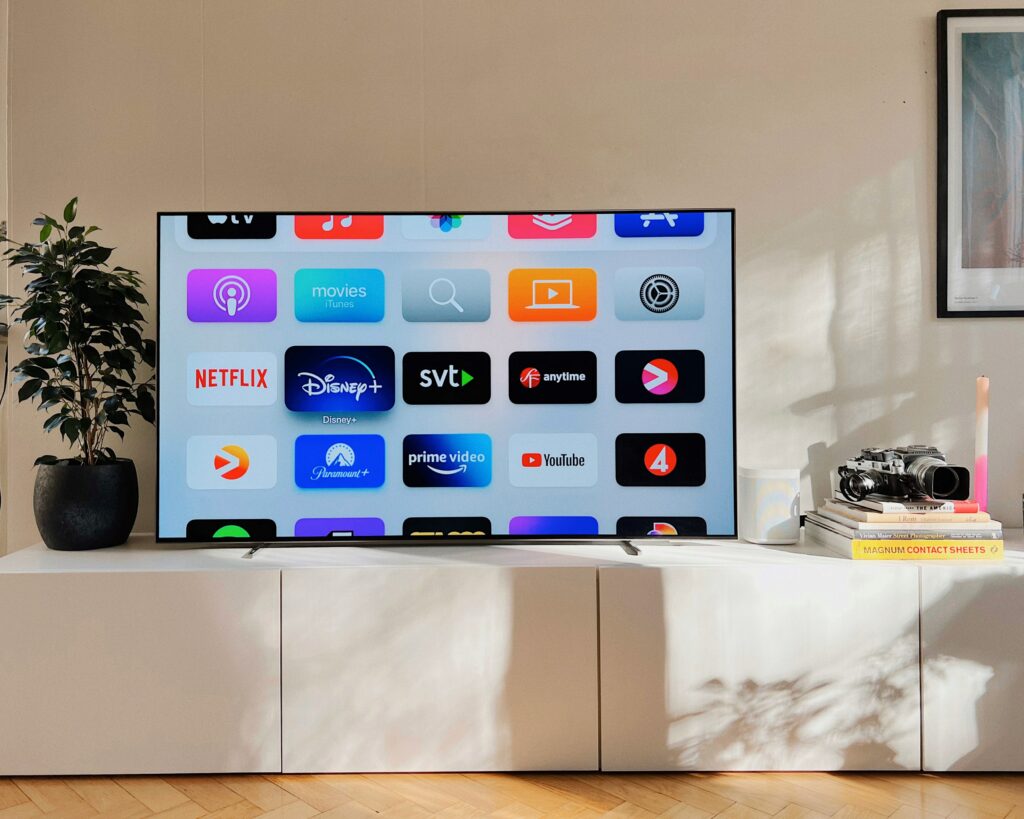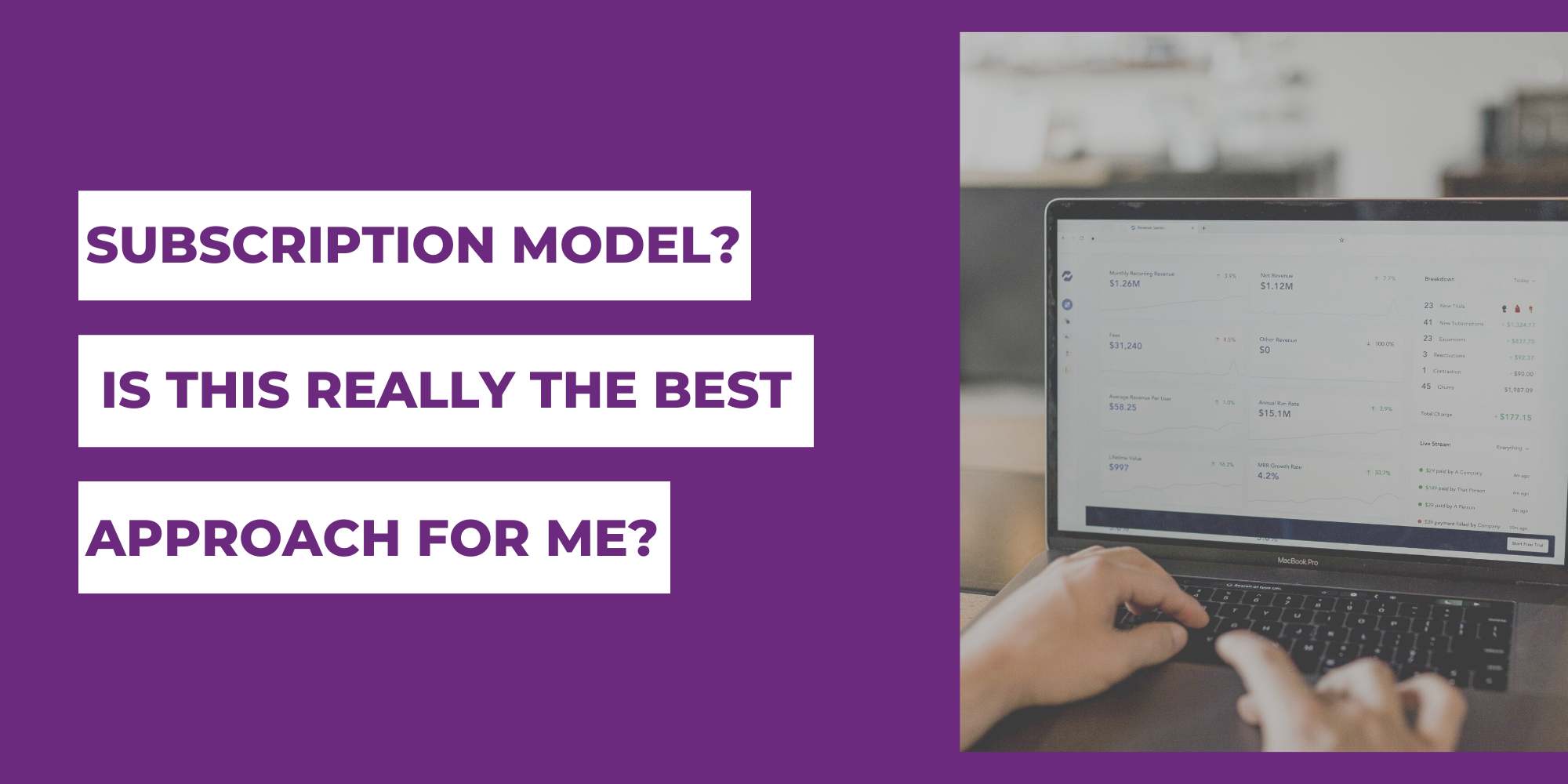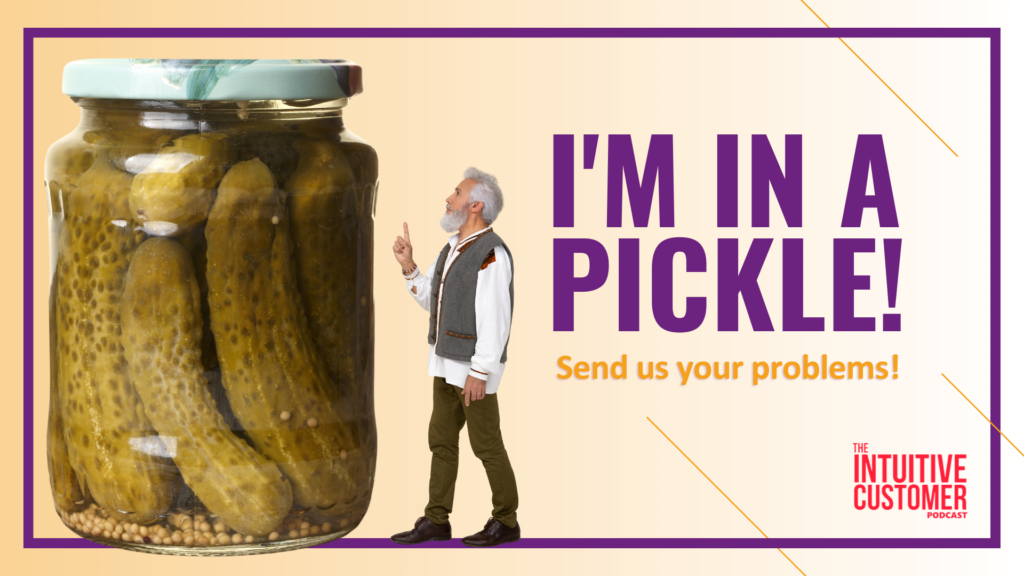We are in a bit of a subscription economy. You can subscribe to almost anything, anytime, anywhere. So today, I want to talk about the subscription economy, why it is so popular with customers, and the organizations that offer them.
We discussed this idea of subscriptions on a recent podcast. I got interested in it because it involves my favorite company: Apple. Last year, Apple increased its subscription service, and its services revenue went up 24 percent. Apple’s services segment is up to $19.5 billion (which probably is loose change for Apple), so it’s no wonder that they’re turning their attention to subscription services. In addition, there is talk that Apple will soon launch subscription services for their iPhones.
Buying your phone on a subscription probably feels familiar. You might make payments for your phone already and pay for service monthly. However, the difference is that you wouldn’t own the phone on a subscription.
Subscriptions are everywhere. There is talk of making features on a car a subscription, like heated seats. (Thankfully, things like brakes and the seats themselves will stay standard features). Streaming is another example. Is there a day when there isn’t a new streaming service available?
However, consumers like subscriptions. In a recent report from Attest, a consumer research platform, I read that 78% of Gen Z would pay a subscription to have 24/7 access to a grocery source. That one seems a little crazy to me, but then again, I am nowhere near the age of Gen Z. From that same report, I learned that 65% of Americans are either actively looking for new product subscriptions or open-minded to them.
You can subscribe to anything. On Amazon, you can subscribe to paper towels. On Stitch Fix, you can subscribe to clothing services, where a curator picks outfits for you. In addition, there are subscription services for content, hobby materials, art supplies, meal plans…literally anything. You pay for it monthly, and it will show up at your door.
Why Do Consumers Love Subscriptions?
So, from the customer’s perspective, subscriptions provide a more attractive way of paying for things. Subscriptions break up high costs into small costs, which are more palatable. Sometimes, this method is called the ala carte model or a two-part or multi-part pricing model. Instead of giving customers one large bill, the company charges a series of small bills. Each of those small bills feels like nothing compared to one large one.
The psychology behind that’s pretty straightforward. We tend to be bad at aggregating and remembering a precise numerical amount of the multi-part pricing model. So, if the subscription amount slides under your notice each month because it’s not significant enough to draw your attention, then you never think about it. It provides some psychological comfort. You’re not distressed by these large bills.
Why do Companies Like Subscriptions Services?
From the company’s perspective, the payment amount that slides below notice is an advantage. Customers that wouldn’t buy if the offering was $200 a year will buy when it’s divided over 12 months.
There are even firms that walk an ethical line and, in some cases, cross an ethical line by tricking people into this type of purchase model. (I’m looking at you, gaming apps.) Many downloadable kids apps will charge $5 a month to play the game. Several years ago, old dial-up internet services took a different tack. The company didn’t speak up when a customer no longer needed their service because they had migrated to broadband. As a result, many customers forgot they were paying $15-$20 a month for dial-up and continued to do so. That company planned to lay low and let them.
I’ve got several subscriptions, as I’m sure everybody has. Netflix is one of them, and it is also the best example of handling subscriptions well. They make it easy to cancel or put their service on hold. They don’t try and hide it. Within a couple of clicks, you can put it on hold.
Other organizations make it impossible to cancel. For example, the other day, I signed up for one of these photo stock images and then tried to cancel. That was a nightmare. Gym memberships are another example. If you try to cancel a gym membership, they make you meet with the manager and jump through hoops.
 So, you can see that how you handle this can be a competitive differentiator. Customers are more loyal to a company that gives them the flexibility to cancel rather than making it complicated. Trying to hide it or make customers jump through hoops only drives them further away. Many people that quit Netflix go back; few people that had a terrible experience canceling their gym membership will.
So, you can see that how you handle this can be a competitive differentiator. Customers are more loyal to a company that gives them the flexibility to cancel rather than making it complicated. Trying to hide it or make customers jump through hoops only drives them further away. Many people that quit Netflix go back; few people that had a terrible experience canceling their gym membership will.
The Role of Mental Accounting in Subscriptions
Mental Accounting plays into this principle of subscriptions. Mental accounting puts money in psychological buckets, even though money is fungible. If we break up high costs into small parts, they feel like you are saving money. If the subscription is a small enough cost, we can slip it into a bucket where it will not cause us any problems. On the contrary, if it’s a large enough expense, then it requires more attention. It might trigger a response in use to reject that subscription or, at the very least, not renew it.
From a mental accounting perspective, subscriptions often are not accounted for. For example, I have Amazon Prime, which I purchased for faster shipping times. So, the video streaming through that subscription feels free to me. However, the subscription itself is not considered an expense because it’s part of the background. So, in some cases, the subscription itself doesn’t even go into the appropriate mental account.
Customers Don’t Like Losing Subscriptions.
Have you ever subscribed to something, never used it, but then didn’t want to cancel because you might need/want/use it? Yeah, me, too. This happens because of Loss Aversion. We feel bad about losing things even more than we feel good about gaining something. So, when you think about canceling the subscription, it can be challenging to get over this feeling.
You see it with streaming services. Many of them you don’t watch. But you don’t cancel them because you might watch. You don’t want to give up something that you already have gotten used to be available, even if you don’t watch it.
 This situation presents a significant advantage for the organization. They have regular amounts of money coming in, and it will keep coming because we are too worried we will miss it if we drop it.
This situation presents a significant advantage for the organization. They have regular amounts of money coming in, and it will keep coming because we are too worried we will miss it if we drop it.
So, What Should You Do About This in Your Organization?
Subscriptions will likely generate more revenue for firms. In addition, there’s lots of psychology suggesting that people will respond positively to it. So there are lots of advantages to companies to offer it to them.
However, take heed. This massive shift to subscription feels like a “Tragedy of the Commons” scenario. The Tragedy of the Commons that economists came up with draws upon when civilization was made up of small villages. Most of the residents did not have land for their livestock to graze upon, so they shared a commons where all the villages’ livestock grazed together.
The problem is when we’ve got a shared resource like that, there’s individual pressure for us to take more advantage of it.
Over time, some villagers added to their livestock because why not? It wouldn’t cost more to feed them since you had the commons. But, as everyone added livestock, the commons were taxed beyond their resources and killed the field. So now, nobody can feed their livestock. Hence, the tragedy.
There is a danger of that happening with subscriptions. Customers respond to them, so individual firms offer them. However, customers will likely participate in a backlash in time as the subscriptions pile upon their credit card bills. If there is too much of a good thing, people will start to cancel in droves.
It all goes back to Customer Experience. Organizations that provide the best experience and flexibility regarding cancellations will win out.
Those that don’t will stand in a dried-up field with nothing to feed their livestock. Tragic.
If you have a business problem that you would like some help with, contact me on LinkedIn or submit your pickle here. We would be glad to hear from you and help you with your challenges.
There you have it. No promotions, no gimmicks, just good information.
Think reading is for chumps? Try my podcast, The Intuitive Customer instead. We explore the many reasons why customers do what they do—and what you should do about it. Subscribe today right here.



